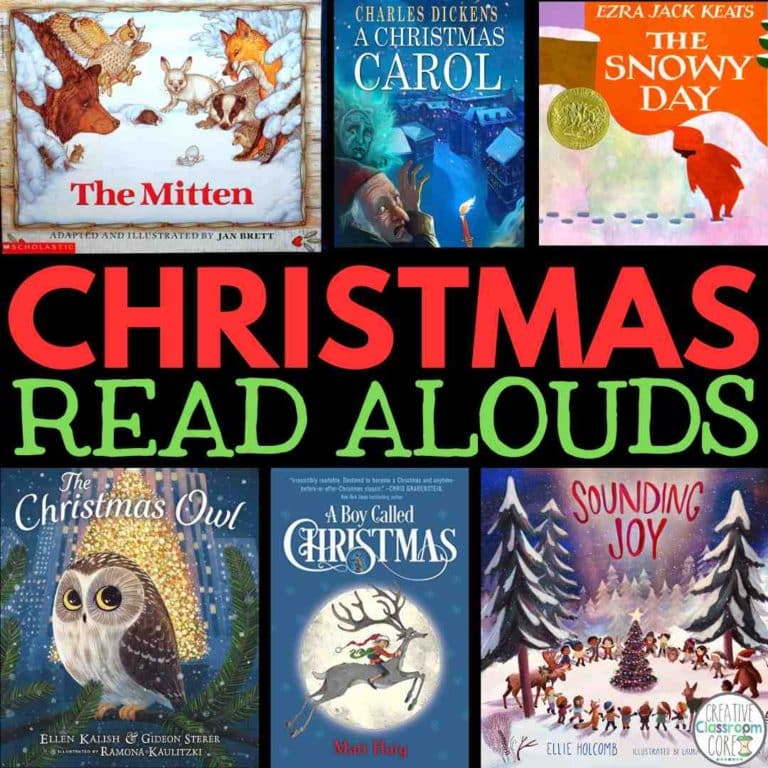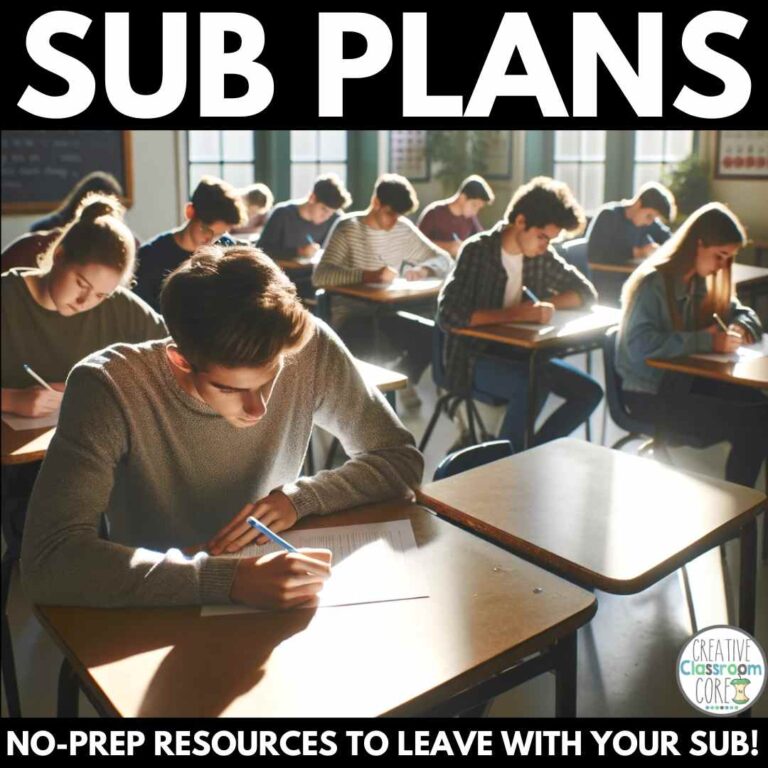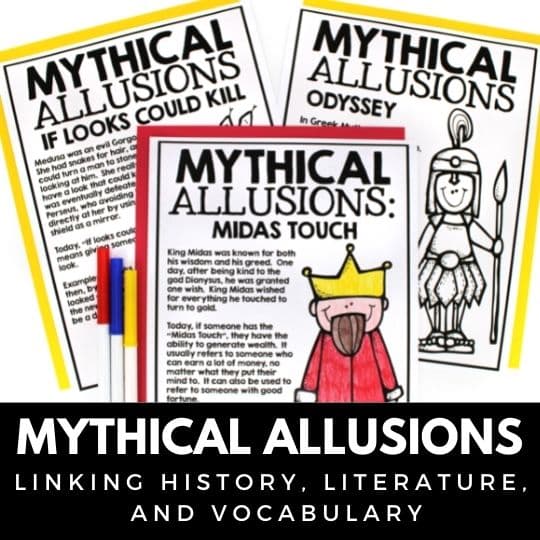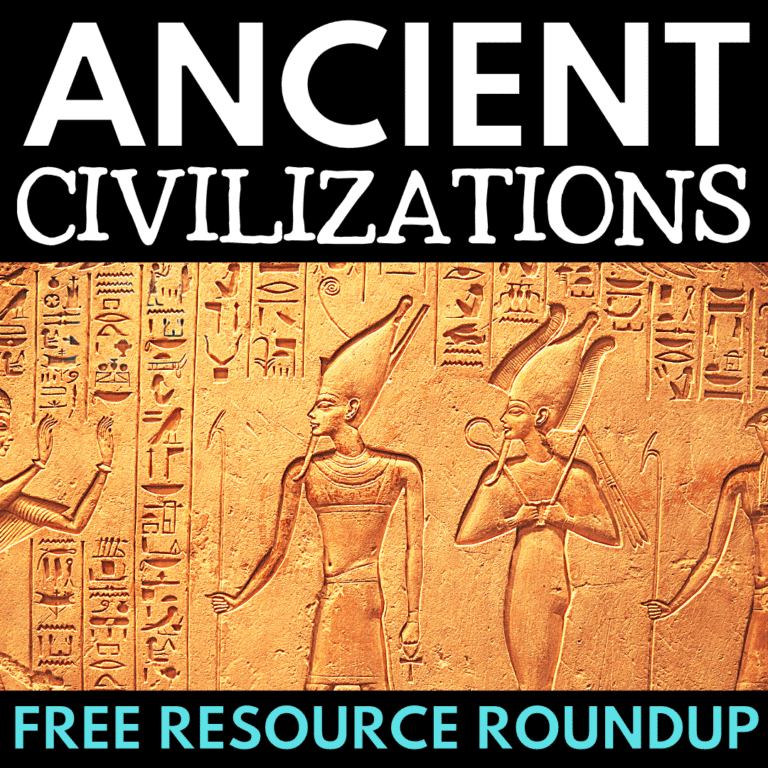Blackout Poetry – A Step By Step Guide
By MARISSA DESPINS Updated March 19, 2024
Introducing Blackout Poetry
Blackout Poetry is an engaging poetry writing process that sparks creativity while blending the worlds of literature and art. This unconventional approach encourages students to craft poetic masterpieces by blacking out words on a page. Through this activity, students learn to see the potential in every word and space.
In this post we explore the ways that Blackout Poetry can bring creativity, engagement, and deep literary analysis to your upper elementary and middle school ELA classroom.
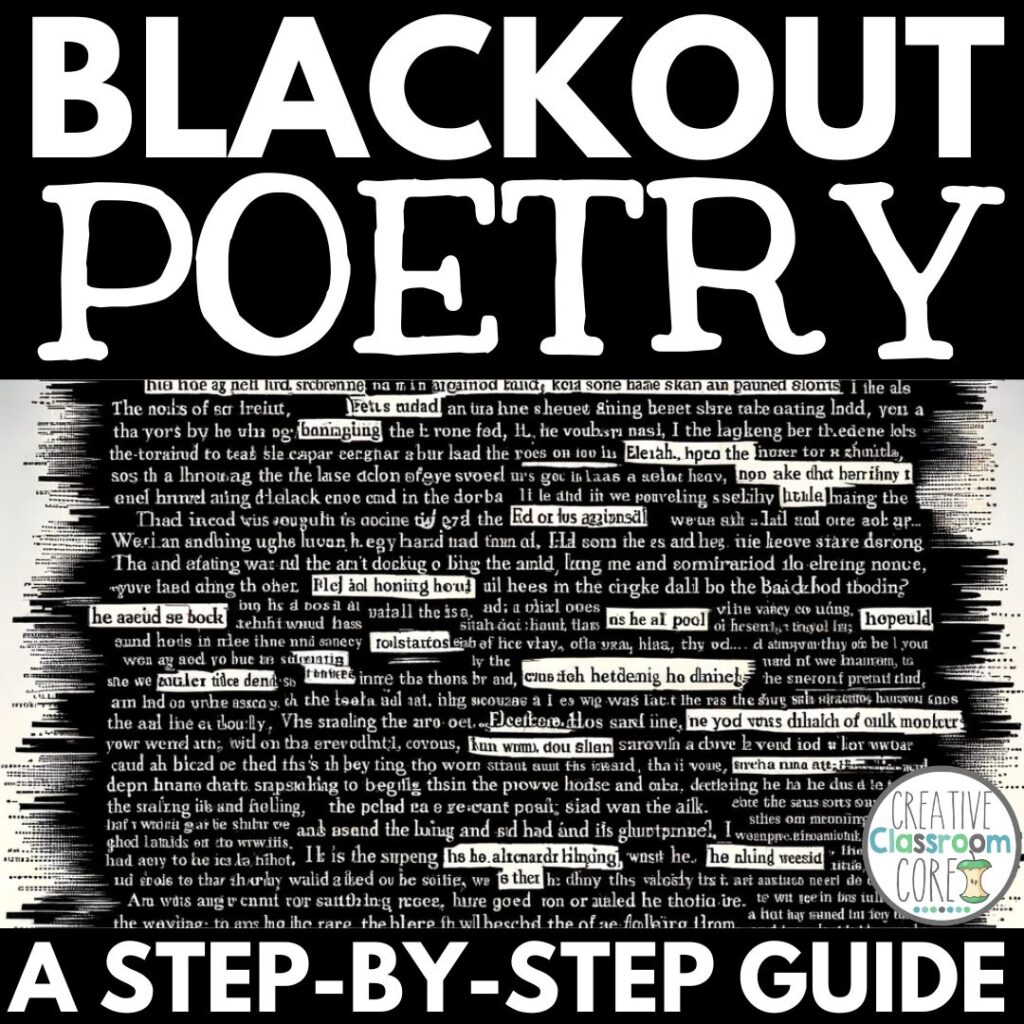
What is Blackout Poetry?
Blackout Poetry is a creative and engaging way to explore the worlds of art and poetry. To create these works, students must take a page filled with words – from a newspaper, a book, or any piece of written text – and black out most of the words with marker. With the remaining words, students create their poems. The blank spaces and the chosen words work together to create meaningful works of art.
This effective exercise encourages students to explore themes, emotions, and their creativity. Because of this, Blackout Poetry is truly a perfect blend of literary analysis and artistic expression.
What is the History of Blackout Poetry?
Blackout Poetry stems from a long tradition of found poetry and art. It gained popularity in the 21st century, popularized by artists and writers who wanted to breathe new life into otherwise static texts. By selectively blacking out words on a page, they discovered that any text could become the basis for personal, political, or aesthetic statements. This creative approach recycles and transforms old texts into new works of art. Also, Blackout Poetry encourages readers to engage with language in a more deliberate and creative way.
What is the purpose of Blackout Poetry?
Blackout Poetry acts as a bridge between literary exploration and artistic creation. At its core, Blackout Poetry encourages readers to see beyond the original intent of a text, fostering deeper engagement with language. This creative exercise provides a unique way to explore personal expression, as it allows students to express emotions, opinions, or stories through the selective emphasis of words.
In the classroom, Blackout Poetry is a highly adaptable and inclusive activity. It is accessible to all skill levels, and supports a diverse range of learning objectives.
Examples of Blackout Poetry
Check out a few fun examples of Blackout Poetry below!


What are the steps to make Blackout Poetry?
Interested in creating Blackout Poetry with your students? Follow these easy steps!
- Introduction: Take time to explain what Blackout Poetry is. It is likely new to your learners, so be sure to share examples to help illustrate the concept and inspire creativity.
- Select Your Text: Provide students with texts they can use for their poetry. These could be pages from old books, newspapers, or any written material you have permission to use. Your school librarian can often share books past the point of repair that you can cut up and use with your learners. Whatever you chose to use, be sure to check that the content is appropriate for their age and understanding.
- Read and Reflect on the Text: Encourage students to read through the text first to get a sense of its themes and messages. Encourage your learners to look for words that stand out to them.
- Highlight Key Words: Using pencil, have students lightly circle or highlight words and phrases that catch their attention or help show the message or emotion they want to show through their poem.
- Plan Your Poem: Before blacking out any text, it is important that student plan their poem. This will help them connect the words they have carefully chosen into a piece of poetry that makes sense.
- Blackout Unwanted Words: Provide markers or pens for students to black out all the unwanted text, leaving only their selected words visible.
- Review and Revise: Once the blacking out is done, students should review their poems to see if the message is clear or if the visual presentation can be improved. This step may involve refining their work by adding illustrations or borders.
- Share and Discuss: Create an opportunity for students to share their blackout poems with the class. This can be a formal presentation or a gallery walk where students observe each other’s work and leave feedback.
- Reflect: Encourage students to reflect on the process and what they learned about poetic expression. Did working with constraints help encourage their creativity?
Looking for more posts like this?
Check out more writing related posts by clicking on the links below!
Descriptive Writing Activities for Middle School
Teaching the RACE strategy in ELA
Interested in signing up for my email list?
If you are interested in signing up for my email list, you can do so by clicking on the link below. I periodically send out emails with free resources, teaching tips, and exclusive deals. Signing up will also give you immediate access to some of my best selling Interactive Notebook resources – foldable activities, graphic organizers, and other fun activities.


